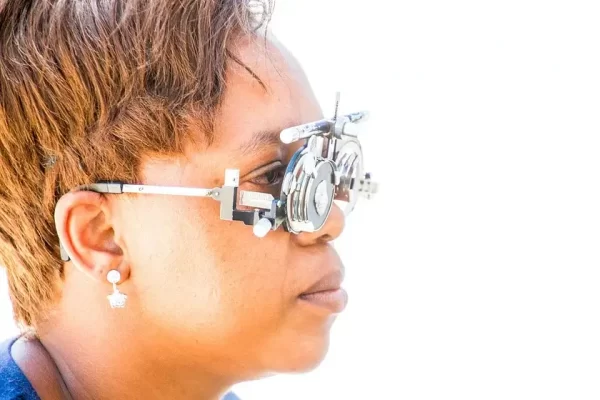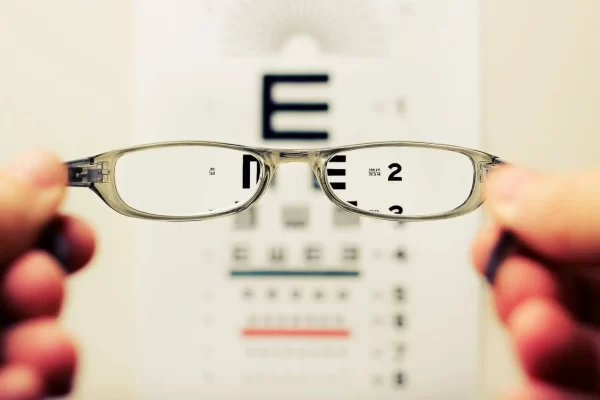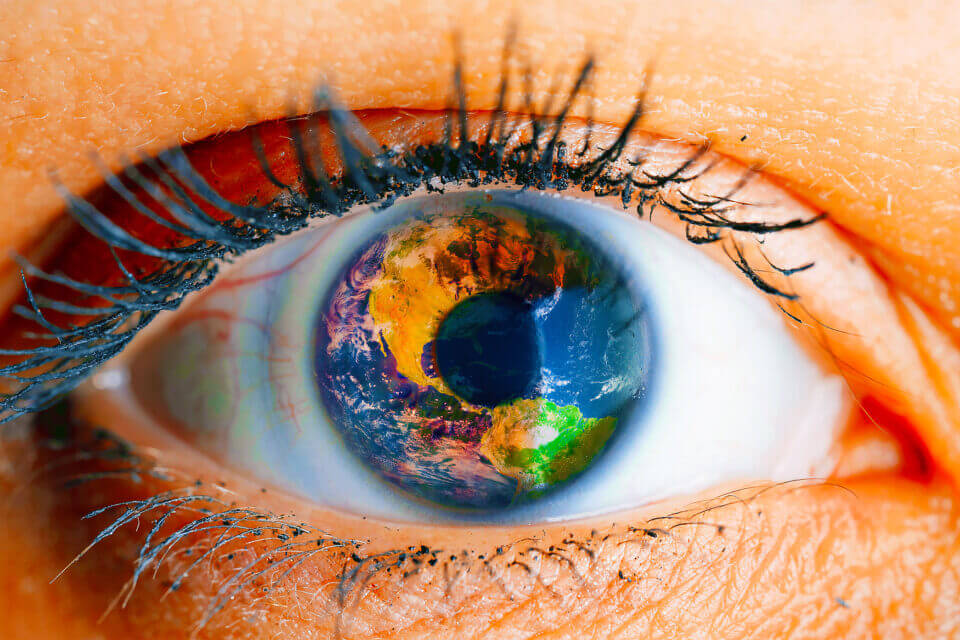Study Reveals Higher Temperatures Linked to Vision Impairment
A recent study conducted by Canadian researchers has revealed a concerning association between higher temperatures and vision impairment.
The study, which focused on American adults aged 65 and older, found that individuals living in warmer regions were more likely to experience serious vision issues compared to those in cooler areas. This large-scale study is the first of its kind to explore the connection between temperature and vision loss.
The researchers examined average temperatures in U.S. counties and discovered that the risk of severe vision impairment was 44% higher for individuals residing in counties with average temperatures above 15.5 degrees Celsius compared to those in the coolest counties.

The study authors express concern about the potential causal relationship between vision impairment and average county temperature.
Especially as global temperatures are expect to rise due to climate change. They stress the importance of monitoring the prevalence of vision impairment among older adults in the future.
The study analyzed data from over 1.7 million Americans and found a consistent association between temperature and vision loss. Even after considering demographic factors such as age, sex, income, and education.
The researchers utilized the American Community Survey, which included a question about serious vision impairment. Temperature data from the National Oceanic and Atmospheric Administration used to calculate county averages and compare them to the vision data.
Vision Impairment Impact and Demographic Differences
Vision impairment can have significant consequences on individuals’ lives. Leading to disabilities, functional limitations, increased risks of falls and fractures, and a negative impact on quality of life. The economic burden associated with vision impairments is also substantial.
The study revealed that the link between higher temperatures and vision impairment was particularly strong among men. Individuals aged 65-79 (compared to those aged 80 and older), and white Americans (compared to Black Americans).
The exact mechanisms through which higher temperatures affect vision are not yet fully understood. Researchers speculate that increased exposure to ultraviolet light, air pollution, or folic acid degradation could play a role.

However, as this study focused on establishing an association, further research is necessary to unravel the specific ways in which rising temperatures impact vision.
The authors emphasize that the predicted rise in global temperatures could have significant health and economic implications for older adults affected by severe vision impairment.
The researchers express surprise at the strong association found in this study and highlight the need for further investigations.
They plan to explore whether heat is associated with other disabilities among older adults, such as hearing problems and limitations in daily activities.
The study’s findings raise important questions about the relationship between average county temperature and vision impairment, calling for continued research and vigilance in monitoring the impact of climate change on visual health.





